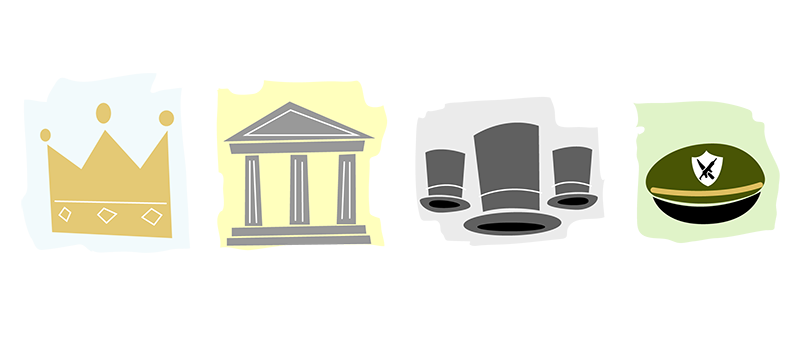Reflect on your role as a school principal: developing a (more) democratic culture in school
Living Democracy » Principals » LEADERSHIP » A democratic style of school leadership » Reflect on your role as a school principal: developing a (more) democratic culture in schoolDemocratic school leadership is a challenge, and a school needs time to achieve that goal. You need to proceed with small steps, rather than a big one. This tool supports you in assessing your role as a school principal. Identify which objectives apply to you. The short-term objectives describe smaller steps that you can take immediately.

| Short-term objectives | Medium-term objectives | Long-term objectives |
|---|---|---|
| The school principal refrains from extremely authoritarian expressions. | The school principal interacts with the school community in an open and friendly manner (principle of reversibility). | Mutual understanding between the school principal, the staff and other stakeholders. |
| The school principal provides reasons for his/her focus on specific issues. | The school principal presents issues and problems that need to be addressed to the staff. | The staff, students’ and parents’ representatives are involved in setting the agenda for decision-making. |
| The school principal explains his or her legal responsibilities and limitations. | The school principal listens to and considers the teachers’ suggestions on how to organize the school. | The school principal, teachers and students plan and implement projects for school development. |
| The school principal explains to the teachers the objectives he or she has in mind. | The school principal discusses alternative options in decision-making with the teachers. | The staff, students’ and parents’ representatives are involved in decision-making. |
| The school principal explains his or her concerns when assessing teachers’ performance and behavior. | The school principal delegates selected tasks to individual teachers. | The staff, students, and parents take responsibility for the development and performance of the school. |
| The school principal explains his or her methods of conflict resolution. | The school principal avoids making authoritative use of power to resolve conflicts. | Conflict resolution through co-operation and communication. |
This tool is based on How to develop a democratic atmosphere in the classroom
http://living-democracy.com/textbooks/volume-1/part-2/unit-1/chapter-2/lesson-7/

